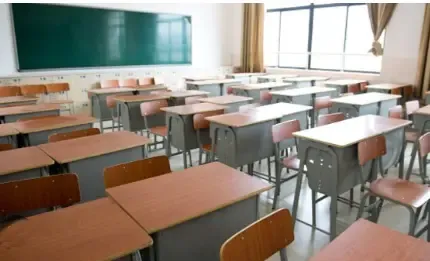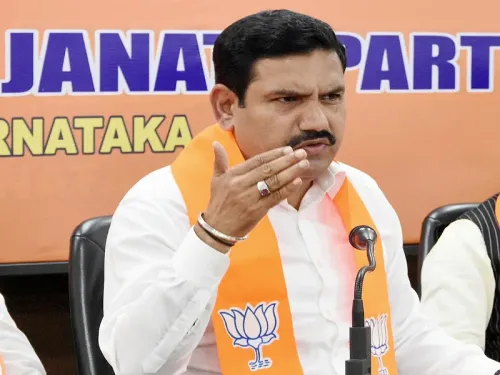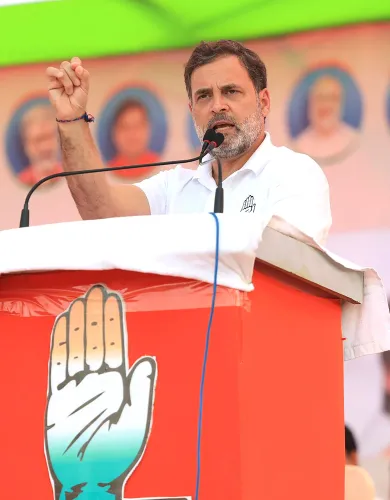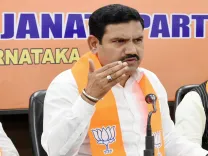Why Does Kolkata Represent Over 34% of Zero-Enrolment Schools in Bengal?

Synopsis
Key Takeaways
- Kolkata has the highest number of zero-enrolment schools in West Bengal.
- Government plans closure of schools with no students since 2020.
- Critics highlight the poor state of education.
- Other states are expanding, while West Bengal is shutting down schools.
- Empty schools indicate an urgent need for educational reform.
Kolkata, July 8 (NationPress) Kolkata alone constitutes more than 34 percent of the zero-enrolment schools in West Bengal, based on internal data from the state’s school education department.
Zero-enrolment schools are defined as institutions that currently have no active students. The data reveals that there are 348 such schools distributed across 23 districts in the state. With many of these schools remaining empty since 2020, the state government has made the decision to close them down.
Out of the total, 119 schools are located in Kolkata, accounting for 34.19 percent of all zero-enrolment schools in the state. Following Kolkata, North 24 Parganas has 60 schools (17.24 percent), Howrah has 24 (6.89 percent), and East Burdwan has 18 (5.17 percent).
On the other hand, Cooch Behar in north Bengal boasts just one zero-enrolment school, making it the top-performing district in this regard. Both Birbhum and Kalimpong each only have two such schools.
BJP state general secretary Jagannath Chattopadhyay described these figures as a "pathetic reflection" of the state's educational system. “Many of these zero-enrolment schools are over 50 years old. Additionally, numerous other schools face extremely low enrolment rates. The government plans to close these down in phases as well,” he stated.
He further commented, “While other states are opening new schools, West Bengal is shutting down existing ones. After 14 years of Mamata Banerjee’s leadership, this is the condition of education.”
Officials from the state education department, including Education Minister Bratya Basu, have refrained from commenting on the situation.
Earlier this month, BJP IT Cell chief and the party’s central observer for West Bengal, Amit Malviya, also criticized the state government regarding what he termed as the increasing exodus of undergraduate students to institutions in other states. He pointed to the government's decision to extend the college admission application deadline by two weeks as an indicator of poor student interest in local colleges.









